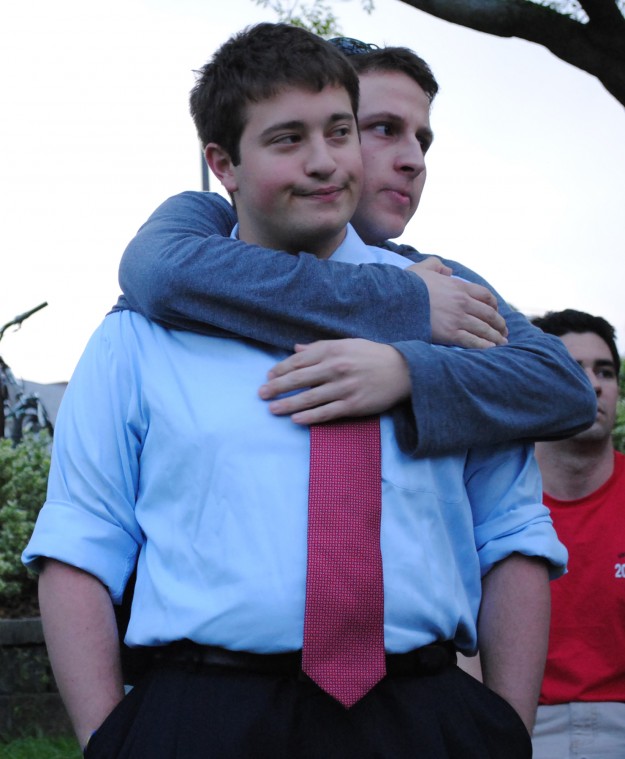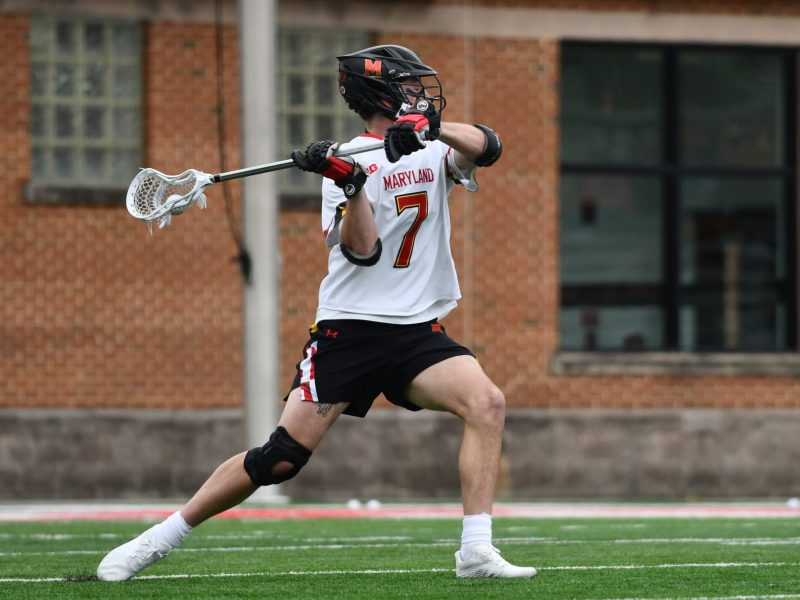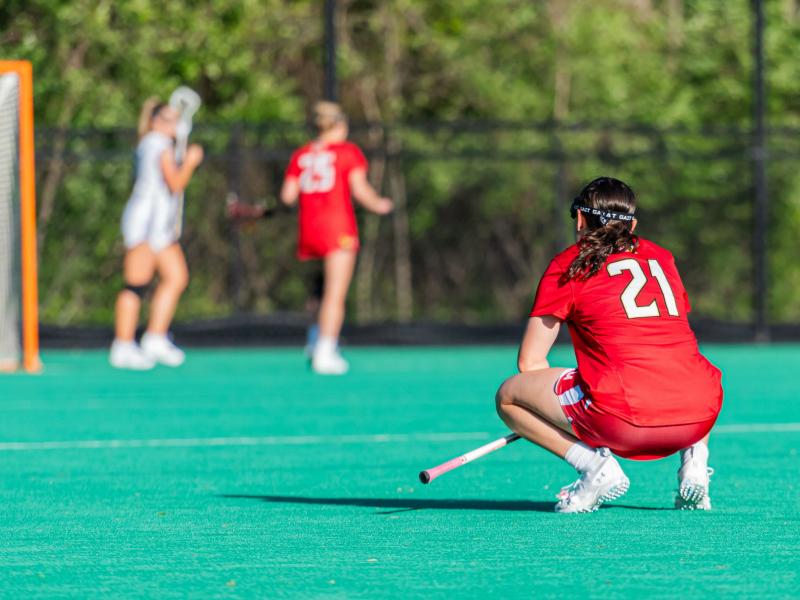For the first time in more than a decade, the SGA president was re-elected.
Steve Glickman, who will return to the campus as Student Government Association president next academic year, joins a short list of presidents who have seen a second term in the organization. Glickman’s party — Your Party — will take control of all executive seats and much of the legislature, the SGA announced yesterday.
Having a single-party executive board, and the majority of the legislative seats, will likely make it easier for Glickman to achieve campaign initiatives, such as providing all students with IDs that double as SmarTrip cards, implementing a graduation gown rental system and making the SGA more accessible to “the average student.”
Both Lisa Crisalli and Brandon Cuffy comfortably beat out their competition by several hundred votes to serve as vice president of academic affairs and senior vice president, respectively. SKY party candidates came in second across the executive board. The closest contest of the executive positions belonged to the vice president of finance race, which Robert Mutschler won by just 195 votes.
As for legislative seats, the STARE candidates took three spots and the SKY Party took seven while the Your Party claimed 26 — about three times the number of seats the two other parties won combined.
Glickman seemed relatively unfazed by his victory.
“I’m gonna get up tomorrow morning and head right back to the office,” he said. “We’re going to work on finishing out the goals that we set at the beginning of the year and work on transitioning the old SGA to the new SGA.”
Last year, Glickman edged out Student Power Party candidate Malcolm Harris by a mere 88 votes; this year, tallying in with 1,803 votes, he topped SKY Party candidate Andrew Steinberg by 356 — a number Glickman said doesn’t surprise him.
“I think some of the things and the accomplishments we’ve done this year have actually impacted the students on this campus, and they talk about that,” he said.
The election brought in 4,723 votes in total — about 18 percent of the undergraduate student population. That’s less than the about 20 percent who voted last year, but the turnout tops the 2008 10-year low of 15.3 percent.
Voter participation for the past five years has ranged between about 15 and 22 percent.
STARE presidential candidate Natalia Cuadra-Saez came in third with 1,161 votes — about 300 fewer than Steinberg — but she said she’s already eyeing other pursuits, such as becoming president of Students for Justice in Palestine and possibly taking the one remaining arts and humanities legislator slot left free by senior STARE supporter Kenton Stalder.
“I enjoyed being the underdog a lot — that’s my kind of thing,” she said. “I wasn’t even that nervous today, because I was thinking: If I won, it would be awesome. I would get to do crazy stuff next year, and if I didn’t, I’d have free time to do other crazy stuff.”
Steinberg was less at ease with his loss, but he said he has plans to apply to law school in the fall and continue to push for a state audit of the Department of Transportation Services — a key component of his campaign platform.
“I think I’m still just processing it, to be honest,” Steinberg said. “It’s something that I’ve been working on for an incredibly long time — you know, the past 24 hours, it’s felt like every second has been an hour.”
He added, “I guess the student body spoke.”
Students who participated in the election were also asked to vote on a referendum on MaryPIRG — an advocacy group comprised mainly of students — that asked students for approval to use student activities fees to fund full-time position salaries for a non-student campus organizer and non-student state director.
Students voted to pass the referendum with 1,921 “yes” votes to 840 “no” votes.
aisaacs at umdbk dot com
Steve Glickman celebrates after being re-elected as SGA president. Glickman’s Your Party won 26 legislative seats, compared to seven for the Andrew Steinberg-led SKY Party and three for Natalia Cuadra-Saez’s STARE coalition.
Former SGA President Jonathan Sachs consoles candidate Andrew Steinberg.





